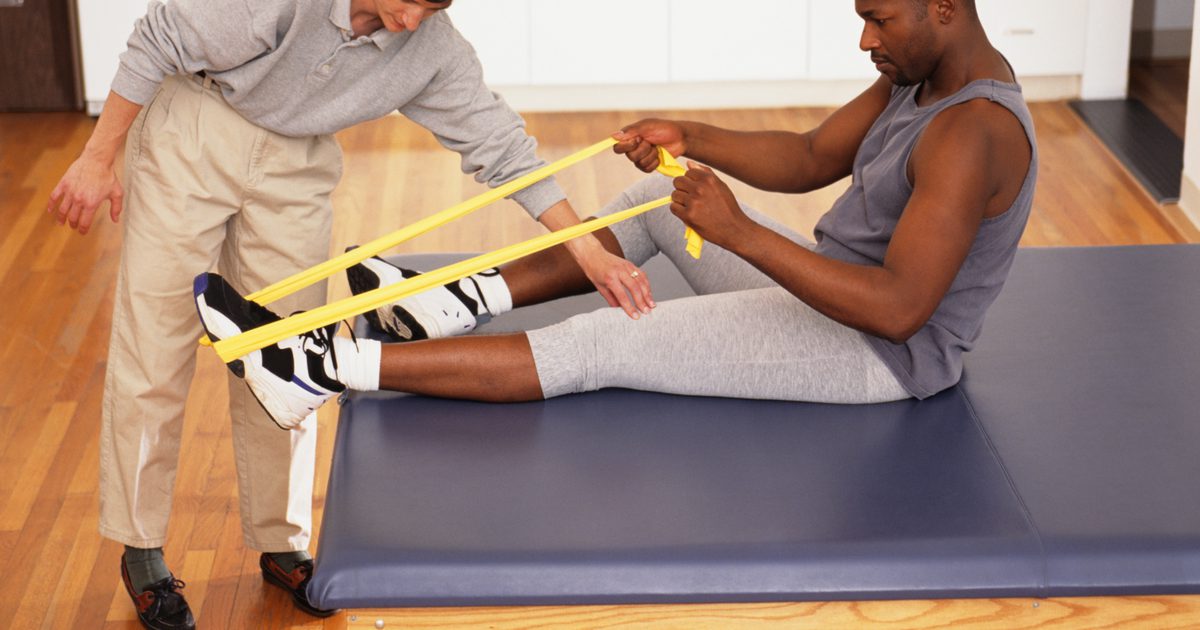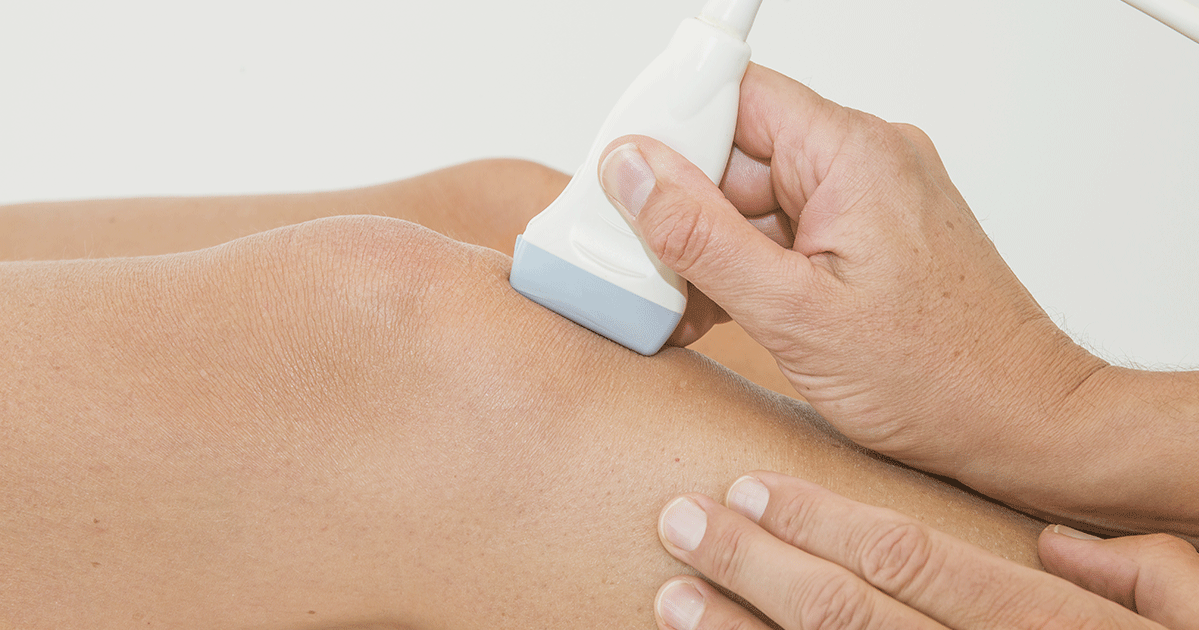How To Manage Muscle Atrophy
Muscle atrophy is a condition that occurs when an individual's muscles waste away, typically due to a lack of physical activity. There are a number of circumstances in which muscle wasting is common, like when an injury or disease makes movement difficult. Individuals with muscle atrophy should talk to their doctors about the best way to face the condition. The treatment methods vary widely depending on the severity of muscle loss and the underlying diagnosis. For example, some treatments may work well for patients recovering from injury, but not for those with neurodegenerative illnesses.
Get the full details on treatment options available to manage muscle atrophy effectively now.
Start With Physical Therapy

Many doctors will recommend starting with physical therapy sessions to help combat muscle atrophy and regain as much strength as possible. Physical therapy tends to be the first course of action, though it can be a hindrance for patients who also experience exercise intolerance symptoms. A physical therapist will work with patients to assess their condition and determine what approach is best. One of the most common causes of muscle atrophy is spinal muscular atrophy. There are many varieties of spinal muscular atrophy with different degrees of severity. However, all spinal muscular atrophy varieties include progressive muscle weakness that makes walking difficult. Depending on the type, spinal muscular atrophy patients may also have trouble breathing and swallowing.
Continue reading to learn more about managing muscle atrophy now.
Exercise Regularly

Paired with physical therapy, the other main course of action is to exercise regularly. The physical therapist will create an exercise plan that helps patients take care of their body without causing excessive pain or fatigue. They'll also explain how often patients should be exercising between physical therapy sessions, if at all. Again, the exact amount and type of exercise will vary depending on the diagnosis and area of weakness. It's common for physical therapists to recommend water-based exercises. The resistance of water on the muscles helps strengthen them, but submersion helps the body stay relaxed. In addition, many individuals who have trouble standing find staying upright in pools is much easier, since the water makes them light and buoyant.
Learn more about effectively treating muscle atrophy now.
Ultrasound Therapy

Medical technology has advanced rapidly over the past few decades, with techniques available now that were unheard of just thirty years ago. This is the case with using ultrasound technology to help with muscle atrophy. The non-invasive, therapeutic process is designed to increase a patient's quality of life. The tech sends focused beams of ultrasound energy into precise targets inside the body, causing the muscles to contract. It's an ideal therapy for individuals who have limited mobility of their impaired body parts, since the muscle contraction happens without the body needing to move. This therapy has shown a great deal of promise in initial studies, although it's not yet widely available since more data is needed. Patients with muscle atrophy and limited mobility may benefit from enrolling in a study.
Uncover more information on managing muscle atrophy now.
Changes in Diet

Though changes in diet alone won't be enough to facilitate recovery from muscle atrophy, it's important to pair the right diet with a good exercise regimen. Patients need a diet specifically tailored to their health needs, rather than eating a swath of generic healthy food. The first step is to eat a lot of protein both before and after exercising. Protein is essential for developing new muscles and improving muscle quality. In addition, protein helps individuals maintain their muscle mass, so it may slow atrophy. Patients should also increase their carbohydrates, as the body draws massive energy from them. Before exercising, individuals should eat a light meal rich in carbohydrates to give them the strength they need to power through. Finally, patients looking to manage muscle atrophy should eat foods containing omega-3 fatty acids and other good fats. These fats prevent muscles from breaking down by keeping them from becoming inflamed.
Discover more methods of treating muscle atrophy now.
Surgical Intervention

For patients with severe muscle atrophy, and patients who aren't seeing improvement with basic physical therapy and exercise, a more drastic surgical intervention may be necessary. Surgery won't be helpful in all muscle atrophy cases. No surgical cure can replace a patient's lost muscle mass. However, surgery can sometimes stop or eliminate an underlying cause of muscle atrophy, thus preventing further progression. For example, a torn tendon could cause muscle atrophy by making a patient's leg difficult to move, but surgery could correct it. In addition, patients with severe muscle atrophy tend to have muscle contractures and deformities. Surgery is often recommended to help with these contractures, especially if they interfere with mobility or cause pain.